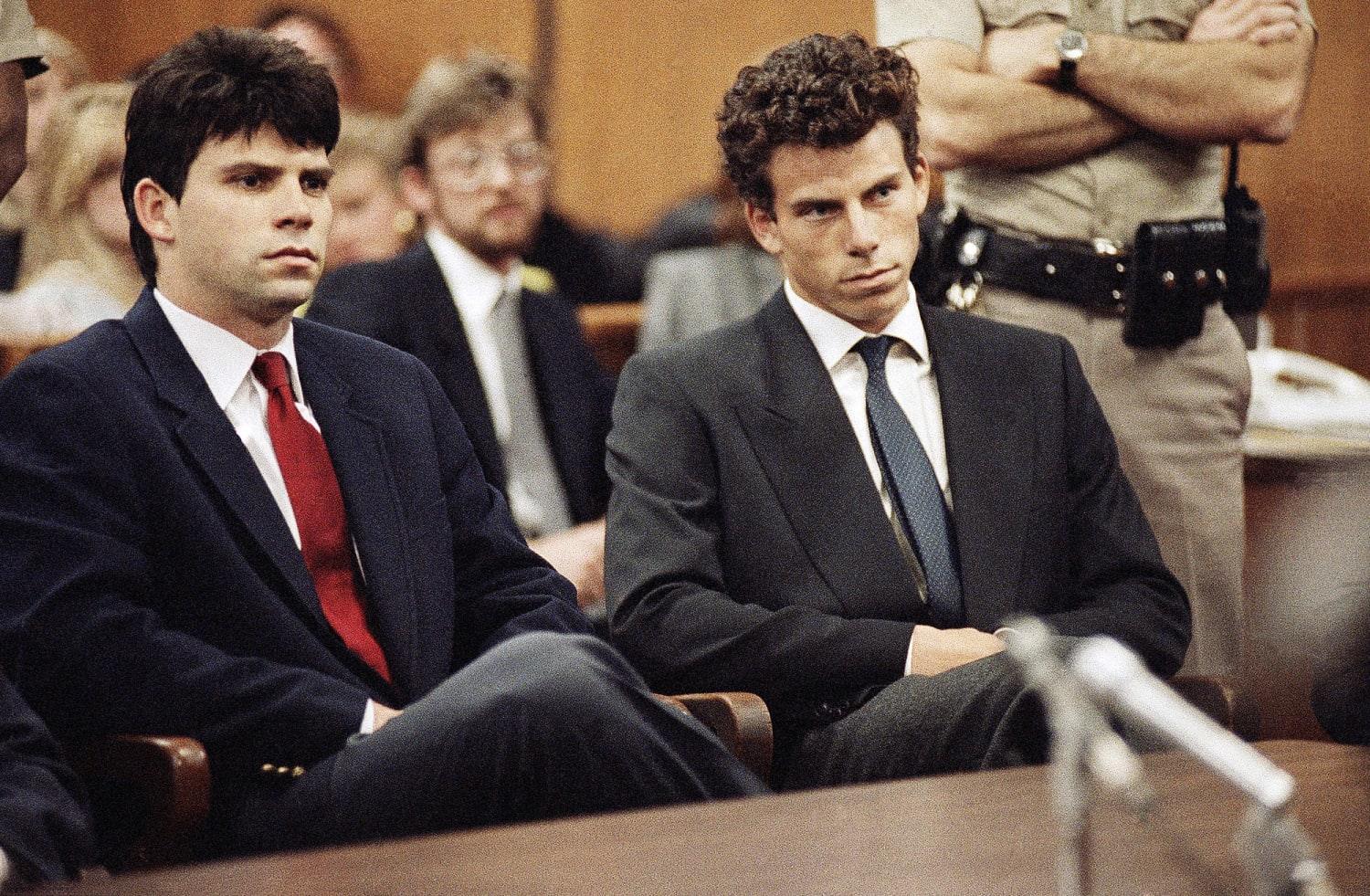The Menendez Brothers: A Case of Infamy in American Justice

Introduction
The Menendez brothers, Lyle and Erik, are known for their shocking trial in the early 1990s, which has left an enduring mark on American crime and legal history. Their case garnered immense media attention and sparked widespread debate about familial loyalty, mental health, and the justice system. With recent renewed interest in true crime narratives, understanding the complexities of this case is more relevant now than ever.
The Crime
On the night of August 20, 1989, José and Kitty Menendez were brutally murdered in their Beverly Hills home. The shocking nature of the crime raised eyebrows, and the initial investigation revealed little evidence pointing toward a motive or a suspect outside the family. However, during the following investigation, authorities turned their attention to the brothers themselves.
Trial and Testimonies
In 1993, the trial of Lyle and Erik Menendez began, with the brothers claiming that they killed their parents in self-defense after enduring years of physical and sexual abuse. Their defence argued that growing up in a privileged yet abusive household caused lasting trauma that culminated in that fateful night. The testimonies included deep psychological evaluations and controversial family dynamics, which captivated the public and media alike.
Media Impact and Public Reception
The high-profile nature of the trial and its dramatic elements, including emotional courtroom testimonies and revelations about the Menendez family’s life, led to a media frenzy. The case raised significant questions regarding mental health awareness, particularly in how society views the victims of familial abuse. The brothers were eventually convicted and sentenced to life in prison without the possibility of parole in 1996, a verdict heavily influenced by public sentiment formed by extensive media coverage.
Legacy and Recent Developments
In recent years, the Menendez brothers’ case has experienced a resurgence in public interest, spurred by true crime documentaries and television shows that revisit the details of their trial. Furthermore, discussions about their mental health and the inherited traumas continue, reflecting a broader societal conversation regarding the long-term impacts of abuse. Legal analysts speculate whether public attitudes may shift regarding their sentences, particularly in light of evolving views on mental health in criminal cases.
Conclusion
The Menendez brothers serve as a poignant reminder of the complicated interplay between family dynamics and the law. As society continues to grapple with issues of abuse, mental health, and justice, the narrative surrounding the Menendez brothers remains a critical focal point. Their story invites ongoing discussion and reflection on the legal system’s ability to navigate cases where emotional and psychological factors play a significant role. As interest in their case grows, it will be fascinating to observe how it evolves in the public consciousness and its implications for future legal cases.
